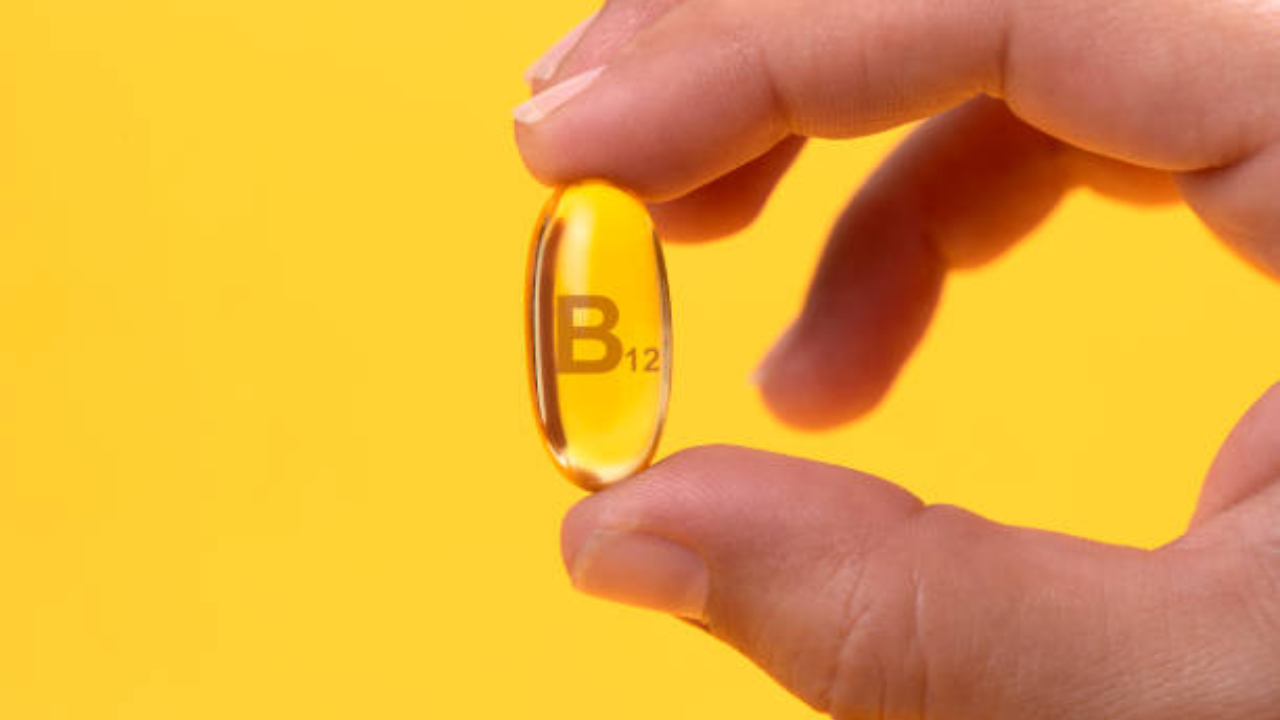Is there a connection, and what to do about it

A 2022studyuncovered a mechanism that leads to an advanced form of fatty liver disease, and it turns out that vitamin B12 and folic acid supplements could reverse this process.
NAFLD affects 25 per cent of all adults and is the leading cause of liver transplant worldwide. When the condition progresses to inflammation and scar tissue formation, it is known as non-alcoholic steatohepatitis (NASH).
There are limited pharmacological treatments for NASH, as scientists don’t understand the mechanics of the disease. Although scientists know that NASH is associated with elevated blood levels of an amino acid called homocysteine, they didn’t know what role, if any, it plays in the development of the disorder.
Dr Madhulika Tripathi, first author of the study, who is a senior research fellow with the Laboratory of Hormonal Regulation at Duke-NUS’ Cardiovascular & Metabolic Programme, study co-author Dr Brijesh Singh and their colleagues in Singapore, India, China and the US confirmed the association of homocysteine with NASH progression in preclinical models and humans. They found that rising homocysteine levels impair key liver proteins, particularly syntaxin 17, disrupting fat metabolism and contributing to disease progression. However, supplementing with vitamin B12 and folic acid restored syntaxin 17 function, and autophagy. It also slowed NASH progression and reversed liver inflammation and fibrosis.
“Our findings are both exciting and important because they suggest that a relatively inexpensive therapy, vitamin B12 and folic acid, could be used to prevent and/or delay the progression of NASH. Additionally, serum and hepatic homocysteine levels could serve as a biomarker for NASH severity,” Dr. Singh said.
















